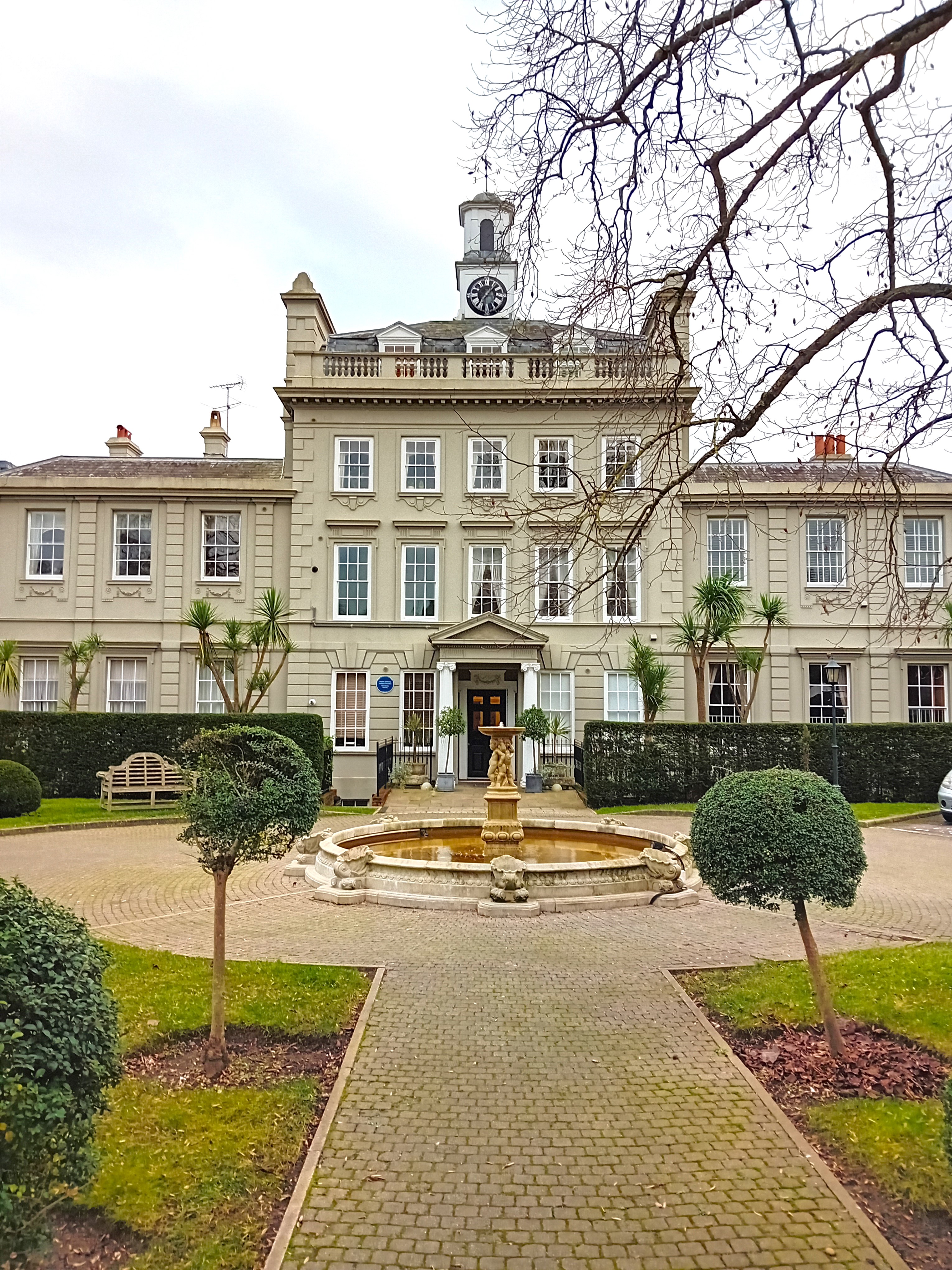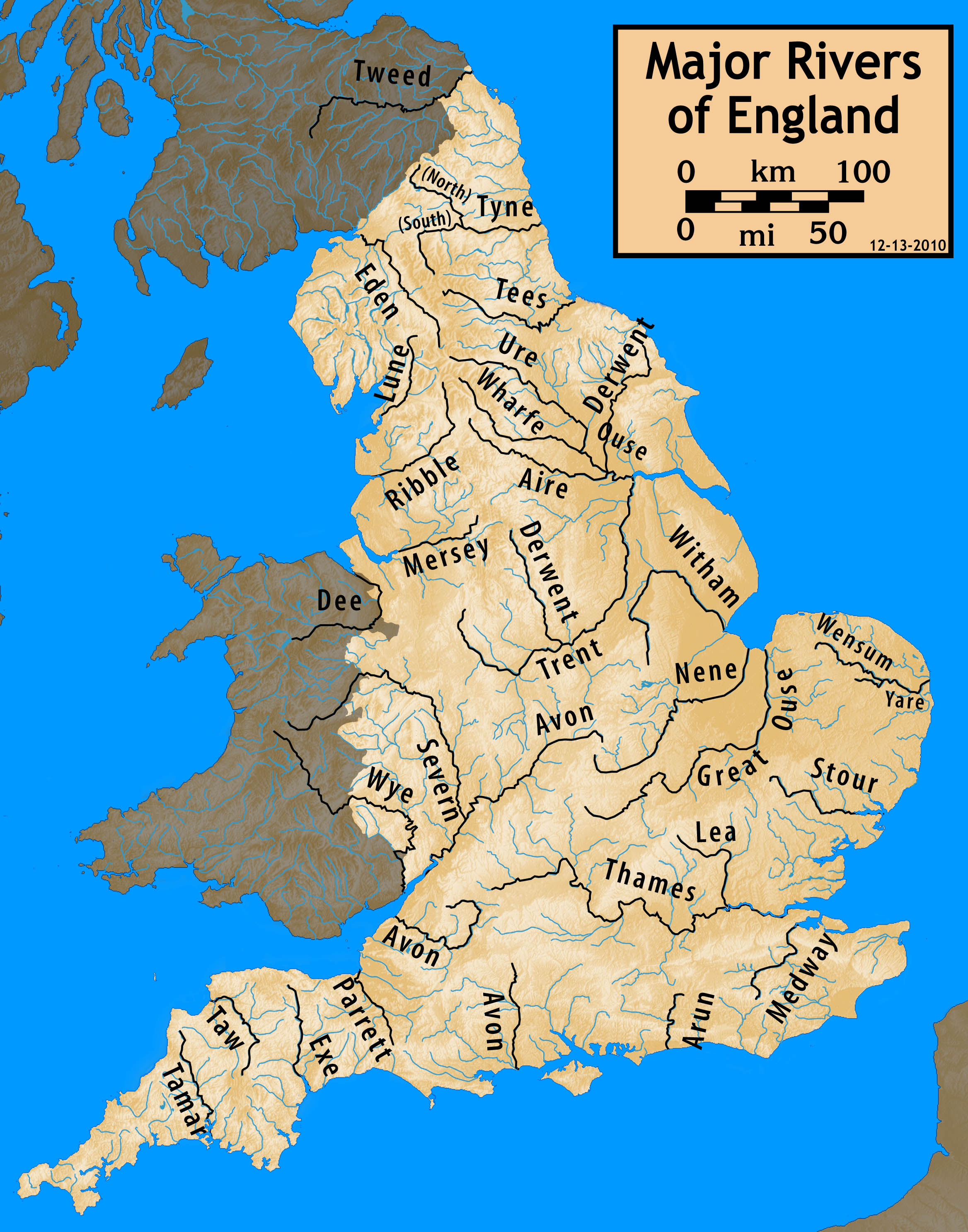|
The Rythe
The Rythe is a tributary of the River Thames in north Surrey, England. It runs through woodland for approximately half of its course, but is also culverted and passes through suburban gardens. It joins the Thames between Thames Ditton and Long Ditton. Its longest branch is the Arbrook which drains Arbrook Common, a woodland area of Esher Commons. Course The Rythe rises at several sources, the furthest being four sources in Prince's Coverts (woodland), all in the parish and wards of the United Kingdom, ward of Oxshott where on its northern edge it combines to form the Arbrook.Oxshott parish map The Church of England. It runs under the six-lane A3 road (Great Britain), A3 into wooded Arbrook Common there joined by three further headwaters rising in the suburban village of Claygate, immediately to the east (bank (geography), ... [...More Info...] [...Related Items...] OR: [Wikipedia] [Google] [Baidu] |
Esher
Esher ( ) is a town in the borough of Borough of Elmbridge, Elmbridge in Surrey, England, to the east of the River Mole, Surrey, River Mole. Esher is an outlying suburb of London, close to the London–Surrey border; with Esher Commons at its southern end, the town marks a southern limit of the Greater London Urban Area, Greater London Built-Up Area. Elevations range from 10m to 47m above ordnance datum, sea level. Esher has a linear settlement, linear commercial high street and is otherwise suburban in density, with varying elevations, few high rise buildings and very short sections of dual carriageway within the wards of the United Kingdom, ward itself. Esher covers a large area, between 13 and 15.4 miles southwest of Charing Cross. In the south it is bounded by the A3 Portsmouth Road which is of urban motorway standard and buffered by the Esher Commons. Esher is bisected by the A307 road, A307, historically the Portsmouth Road, which for approximately forms its high stre ... [...More Info...] [...Related Items...] OR: [Wikipedia] [Google] [Baidu] |
Longford River
The Longford River is an artificial waterway, a distributary designed to embellish a park, that diverts water from the River Colne at Longford near Colnbrook in England, to Bushy Park and Hampton Court Palace. Its main outlet is to the reach above Molesey Lock with lesser pond outlet channels to that above Teddington Lock (of the Thames). The waterway was built for King Charles I in 1638/39 as a water supply for Hampton Court. Water features in Bushy Park were added in 1710. North of the A30, its course has been diverted more than once as London Heathrow Airport has grown. Its cascades, grassed banks and fountains in Bushy Park were restored and reopened to the public in 2009 to close to their original state. Route In its northern course, the Longford runs side by side with its older "twin", the Duke of Northumberland's River. Both have been re-dug near to their older lines to accommodate Heathrow Airport: most recently as part of the Twin Rivers Diversion Scheme for th ... [...More Info...] [...Related Items...] OR: [Wikipedia] [Google] [Baidu] |
River Mole, Surrey
The River Mole is a tributary of the River Thames in southern England. It source (river), rises in West Sussex near Gatwick Airport and flows north-west through Surrey for to the River Thames, Thames at Hampton Court Palace. The river gives its name to the Surrey district of Mole Valley. The Mole crosses the North Downs between Dorking and Leatherhead, where it cuts a steep-sided valley, known as the Mole Gap, through the chalk. Much of the catchment area lies on permeability (earth sciences), impermeable rock (including Weald Clay and London Clay), meaning that the river level responds rapidly to heavy rainfall. During the second half of the 20th century, pollution levels in the river were high; however, since 1995 the water quality#Environmental water quality, water quality has improved dramatically and the Mole now boasts the greatest diversity of fish species of any river in England. Twelve Sites of Special Scientific Interest, Sites of Special Scientific Interest (SSSIs) ... [...More Info...] [...Related Items...] OR: [Wikipedia] [Google] [Baidu] |
River Ember
The River Ember is a short river in the north of Surrey, England — a channel of the River Mole which splits in two south of Island Barn Reservoir, between East Molesey and Lower Green, Esher. The Ember, the larger channel, flows in an easterly and then northerly direction around the reservoir, past part of Esher; the Mole flows around the other side past West Molesey. The two rivers then flow side by side approximately north east and merge 400 metres before joining the River Thames at the eastern end of East Molesey opposite Hampton Court Palace on the south side of the last non-tidal reach, which is above Teddington Lock. History The Ember was until the 1930s a distributary. As such the River Mole was similar to two other Thames tributaries, the Colne and the Cherwell, in having more than one channel in its lowest stretch. The River Mole flowed into the River Thames separately slightly further upstream at the point where Hampton Court Bridge crosses the river, with the la ... [...More Info...] [...Related Items...] OR: [Wikipedia] [Google] [Baidu] |
List Of Rivers Of England
This is a list of rivers of England, organised geographically and taken anti-clockwise around the English coast where the various rivers discharge into the surrounding seas, from the Solway Firth on the Scottish border to the Welsh Dee on the Welsh border, and again from the Wye on the Welsh border anti-clockwise to the Tweed on the Scottish border. Tributaries are listed down the page in an upstream direction, i.e. the first tributary listed is closest to the sea, and tributaries of tributaries are treated similarly. Thus, in the first catchment below, the River Sark is the lowermost tributary of the Border Esk and the Hether Burn is the lowermost tributary of the River Lyne. The main stem (or principal) river of a catchment is labelled as (MS), left-bank tributaries are indicated by (L), right-bank tributaries by (R). Note that in general usage, the 'left (or right) bank of a river' refers to the left (or right) hand bank, as seen when looking downstream. Where a named riv ... [...More Info...] [...Related Items...] OR: [Wikipedia] [Google] [Baidu] |
Tributaries Of The River Thames
This article lists the tributaries of the River Thames from the sea to the source, in England. There are also secondary lists of backwaters of the river itself and the waterways branching off. Note: the River Medway shares the saline lower Thames Estuary. Tributaries The average discharge is taken from the lowest point at which measurements are taken, which may be upstream of the confluence. Backwaters and cuts This list comprises the principal instances; longest ex-mill races ( leats), with own articles are included; the main weirstream/river stream of each Thames lock is omitted and the smallest such associated instances; but the Sheepwash Channel is included for its importance in Oxford. Linked waterways Poem by Alexander Pope listing some Thames tributaries See also * Locks and weirs on the River Thames *Islands in the River Thames This article lists the islands in the River Thames, or at the mouth of a tributary (marked †), in England. It excludes human- ... [...More Info...] [...Related Items...] OR: [Wikipedia] [Google] [Baidu] |
Angiosperm
Flowering plants are plants that bear flowers and fruits, and form the clade Angiospermae (). The term angiosperm is derived from the Greek words (; 'container, vessel') and (; 'seed'), meaning that the seeds are enclosed within a fruit. The group was formerly called Magnoliophyta. Angiosperms are by far the most diverse group of land plants with 64 orders, 416 families, approximately 13,000 known genera and 300,000 known species. They include all forbs (flowering plants without a woody stem), grasses and grass-like plants, a vast majority of broad-leaved trees, shrubs and vines, and most aquatic plants. Angiosperms are distinguished from the other major seed plant clade, the gymnosperms, by having flowers, xylem consisting of vessel elements instead of tracheids, endosperm within their seeds, and fruits that completely envelop the seeds. The ancestors of flowering plants diverged from the common ancestor of all living gymnosperms before the end of the ... [...More Info...] [...Related Items...] OR: [Wikipedia] [Google] [Baidu] |
Invertebrate
Invertebrates are animals that neither develop nor retain a vertebral column (commonly known as a ''spine'' or ''backbone''), which evolved from the notochord. It is a paraphyletic grouping including all animals excluding the chordata, chordate subphylum Vertebrata, i.e. vertebrates. Well-known Phylum, phyla of invertebrates include arthropods, molluscs, annelids, echinoderms, flatworms, cnidarians, and sponges. The majority of animal species are invertebrates; one estimate puts the figure at 97%. Many invertebrate taxon, taxa have a greater number and diversity of species than the entire subphylum of Vertebrata. Invertebrates vary widely in size, from 10 Micrometre, μm (0.0004 in) myxozoans to the 9–10 m (30–33 ft) colossal squid. Some so-called invertebrates, such as the Tunicata and Cephalochordata, are actually sister chordate subphyla to Vertebrata, being more closely related to vertebrates than to other invertebrates. This makes the "invertebrates" para ... [...More Info...] [...Related Items...] OR: [Wikipedia] [Google] [Baidu] |
London
London is the Capital city, capital and List of urban areas in the United Kingdom, largest city of both England and the United Kingdom, with a population of in . London metropolitan area, Its wider metropolitan area is the largest in Western Europe, with a population of 14.9 million. London stands on the River Thames in southeast England, at the head of a tidal estuary down to the North Sea, and has been a major settlement for nearly 2,000 years. Its ancient core and financial centre, the City of London, was founded by the Roman Empire, Romans as Londinium and has retained its medieval boundaries. The City of Westminster, to the west of the City of London, has been the centuries-long host of Government of the United Kingdom, the national government and Parliament of the United Kingdom, parliament. London grew rapidly 19th-century London, in the 19th century, becoming the world's List of largest cities throughout history, largest city at the time. Since the 19th cen ... [...More Info...] [...Related Items...] OR: [Wikipedia] [Google] [Baidu] |
Teddington Lock
Teddington Lock is a complex of three locks and a weir on the River Thames between Ham and Teddington in the London Borough of Richmond upon Thames, England. Historically in Middlesex, it was first built in 1810. The limit of legal powers between the Port of London Authority, the navigation authority downstream to the North Sea and that upstream to small headwaters of the river, the Environment Agency, is marked nearby by an obelisk on the "Surrey" (towpath, right) bank. The weir named Teddington Weir marks the river's usual tidal limit and is the lowest on the Thames. This lock is the lowest full-tide lock and second lowest of all-tide locks on the Thames. The complex of civil engineering or infrastructure in essence consists of a large long weir and three locks: a conventional launch lock in regular use, very large barge lock and a small skiff lock. The barge lock was made to accommodate long barges, steamers or passenger ferries and has an additional set of gates ... [...More Info...] [...Related Items...] OR: [Wikipedia] [Google] [Baidu] |





